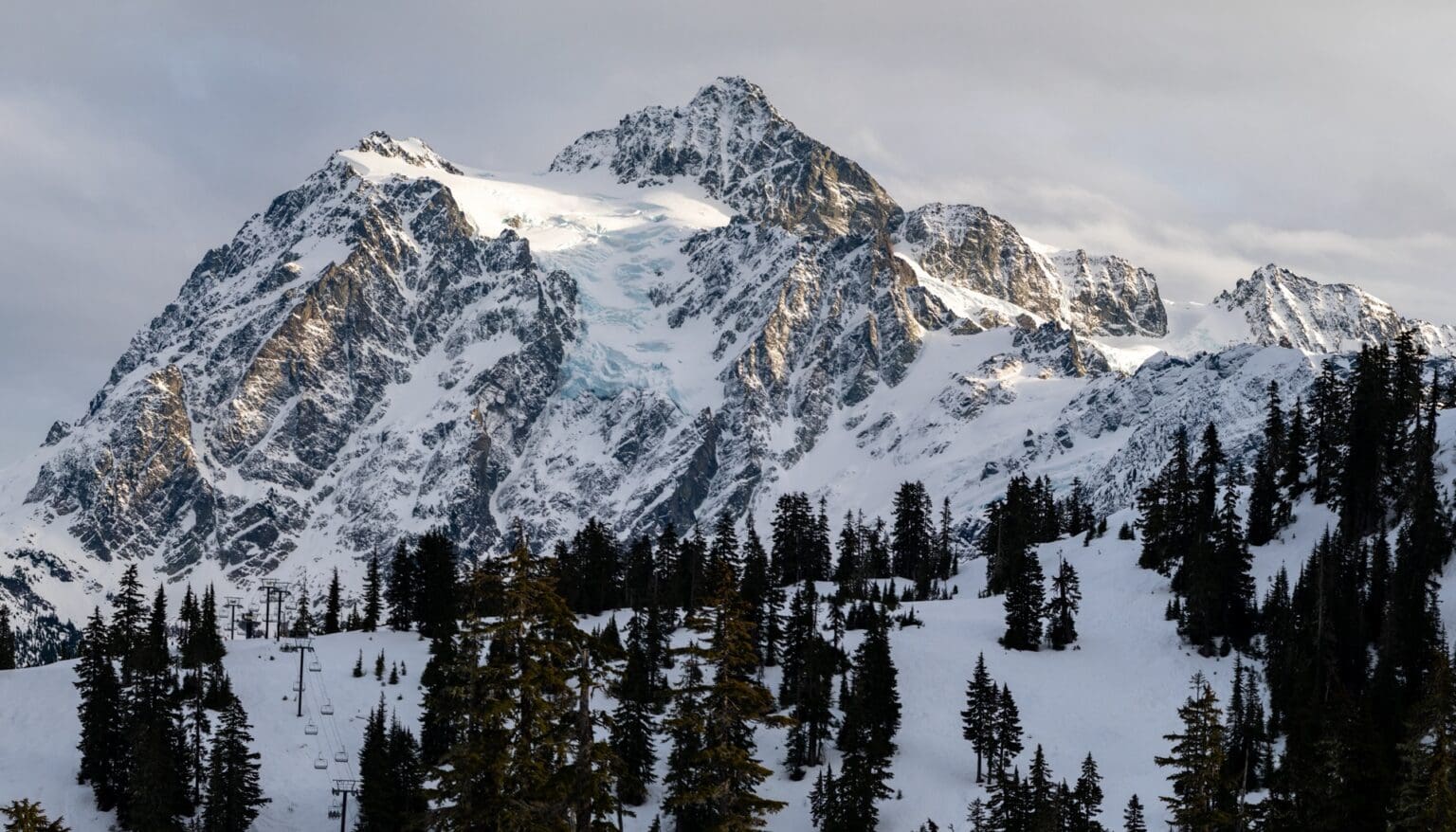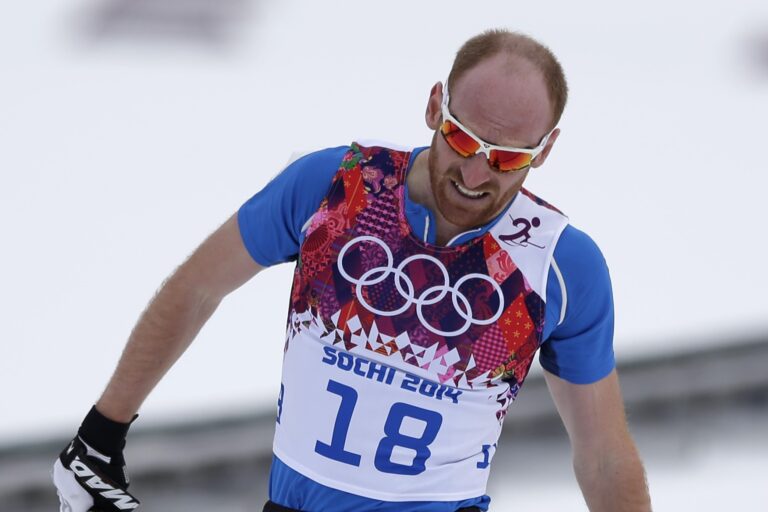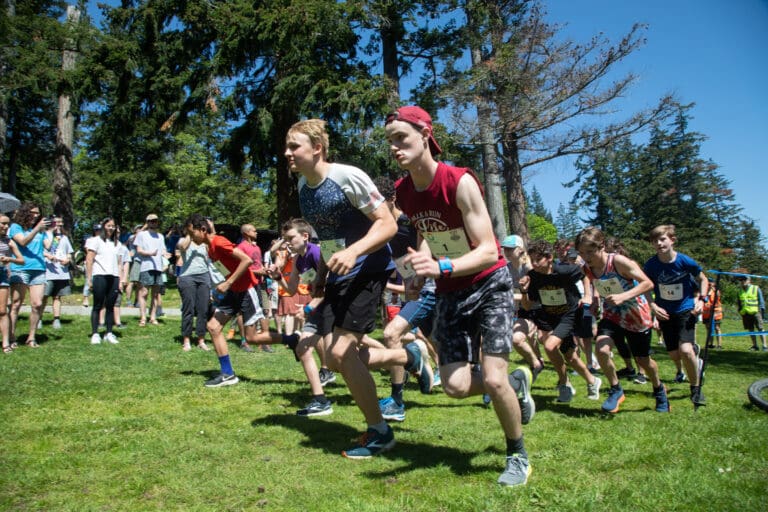This year’s El Niño weather stage may be one of the five strongest in recorded history. We have experienced that firsthand here in the Pacific Northwest. Over the winter, we went from a deep freeze at sea level to significant rain at 8,000 feet.
Skiers watched as the rain whittled away the snowpack. Stumps emerged from the snow like pylons on the bay in a receding tide.
It was looking grim — until the snow finally fell. The local snowpack lingered at about 40% of our average through the bulk of the winter season. Storm cycles over the last couple of weeks have brought that up to approximately 64% of the average.
But that’s only part of the story. How has the season impacted outdoor business?
I can report personally that at the American Alpine Institute — the mountain school where I make my living — we have 50% less revenue from avalanche courses and rentals. Others in the local avalanche training and ski guide industry report similar downturns. This isn’t surprising given the weather.
But don’t worry about the mountain guides; we’re insulated from these impacts by summer programming.
It also shouldn’t be surprising that ski resorts are suffering. It’s impossible to know what’s happening at private resorts like Mt. Baker. But in January, Vail Resorts reported that its season-to-date skier visits were down 16.2% compared to the season prior. Vail owns local resorts like Stevens Pass and Whistler-Blackcomb, as well as several other U.S. and foreign resorts.
But at the same time, they’re actually up 2.6% in per day lift revenue, and 5% in dining revenue.
Columbia Sportswear indicated that Sorel footwear brand sales declined 19% in the fourth quarter of 2023. They blamed a combination of warmer weather and shifting trends. But Columbia Sportswear also saw other losses and committed to a 3% to 5% cut in employees.
The VF Corporation, which owns Timberland, reported a 16% sales decline in the same period. They indicated they were performing a strategic review and have not yet explicitly blamed the weather.
REI outperformed expectations in the fourth quarter but predicted that 2024 revenue would be down. This led to 357 job cuts across the organization, with the bulk of them at the leadership level.
The REI example seems to indicate that the loss of revenue wasn’t simply weather-related. Larger trends seem to be at play.
It was widely reported that the outdoor industry saw a massive sales spike during COVID-19 in 2020 and 2021, with that growth continuing, albeit at a slower rate, into 2022 and the first part of 2023. But that’s when things began to change.
The most dramatic shift can be seen in the higher-end market of RV sales. The RV Industry Association reported a 40% increase in sales in 2020 and 2021. But then they hit a wall, with a 92% decrease in sales in 2022 and 2023. RV industry experts have indicated they believe sales are normalizing back to pre-COVID levels.
A report from the U.S. Department of Commerce indicated that total economic growth between 2021 and 2022 was 1.9%. Outdoor recreation grew at 4.8%, significantly outperforming other sectors. And job growth in the outdoor recreation sector was twice that of the national job growth rate.
It is reasonable to believe two things at once. First, El Niño had a chilling effect on outdoor sales in winter recreation during the fourth quarter of 2023. And for many businesses, this chill will certainly flow through the first quarter of 2024, if not beyond.
Second, it is also reasonable to believe COVID-19 has lost traction as a factor, and the post-COVID spike in outdoor industry sales has come to an end. The coming year will certainly show growth in the outdoor sector compared to 2019, but will likely not be at the same level as it has been.
The final question is whether the El Niño will continue to impact the outdoor sector in the spring and summer. There’s no way to definitively answer that right now — but it could.
The biggest impact of a low snow year on outdoor recreation will likely be a longer fire season. This may mean closures in some areas cutting off access, but more broadly will mean more wildfire smoke throughout the West. Smoke may keep people indoors, putting a summer damper on outdoor industry sales.
Though post-COVID normalization and El Niño are impacting the outdoor industry, it is still believed that the long-term outlook is good. Outdoor recreation represented 2.2% of the total gross domestic product in 2022.
Weather events and trend changes are important to watch and will continue to create occasional declines. But in the long run, the industry is poised to continue to grow.
Jason Martin's outdoors column appears monthly. Email: jason@alpineinstitute.com. Threads: @OutdoorPolitics.





